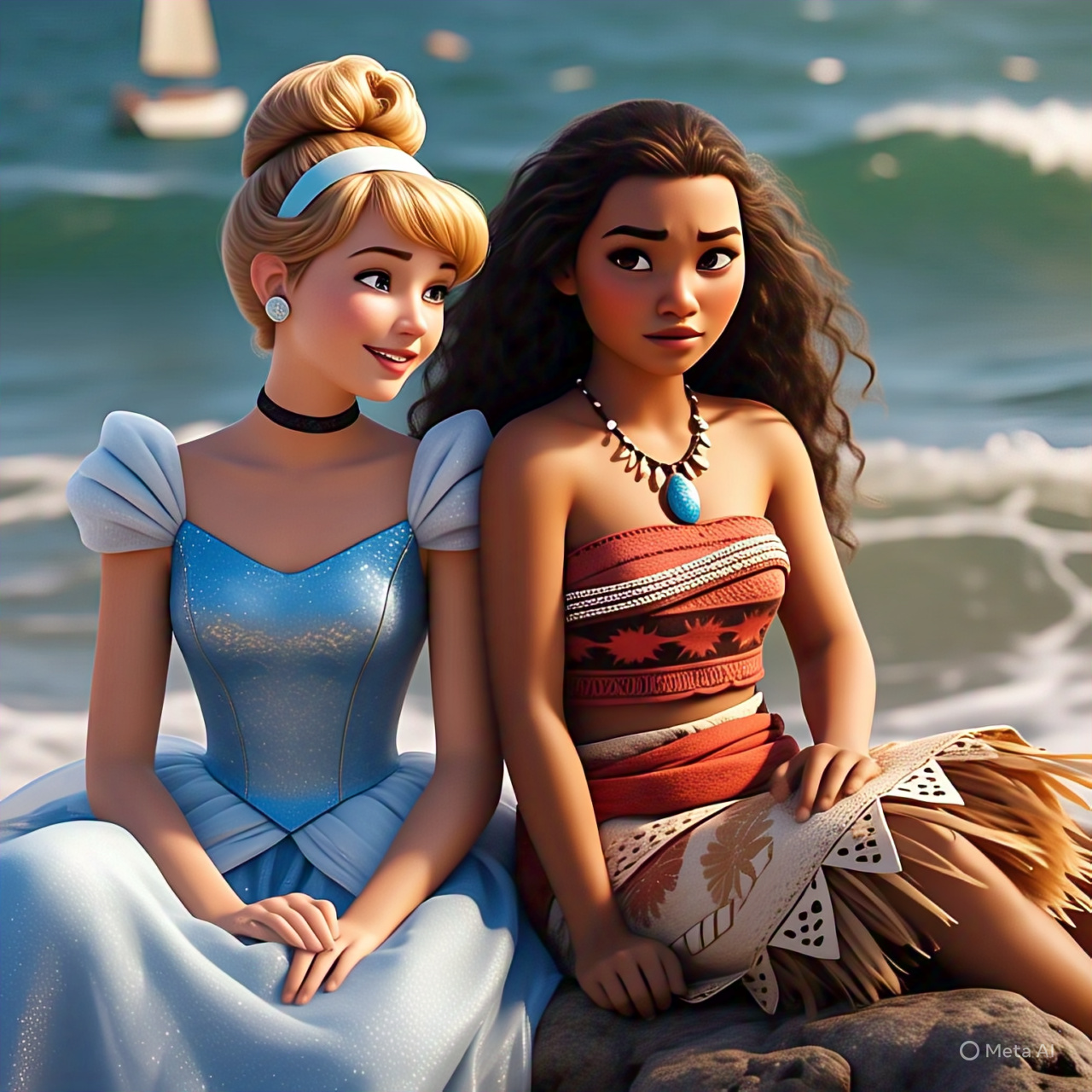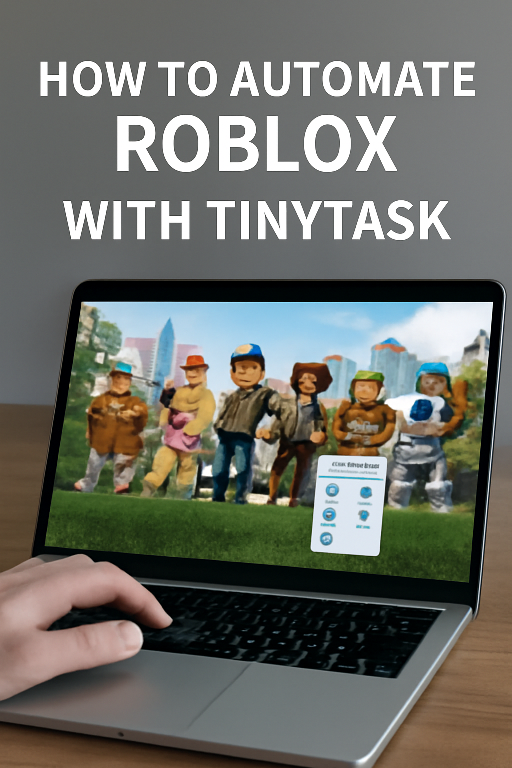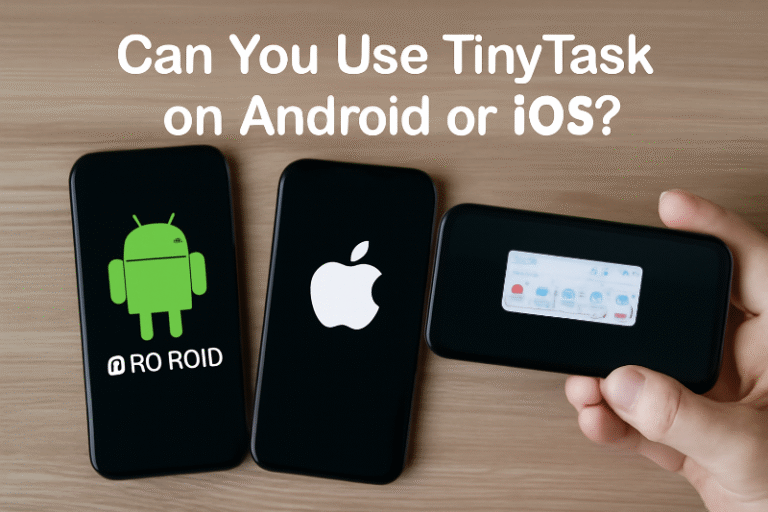From Cinderella to Moana: Examining the Different Mental Disorders of Disney Princesses
Why This Topic Matters
Ever found yourself sobbing during a Disney movie and wondering, “Wait, why does this hit so hard?” You’re not alone. Many of us grew up watching Disney Princesses—but when we rewatch these tales as adults, we see something deeper. These stories aren’t just about tiaras and true love—they’re full of complex emotions, trauma, and psychological struggles.
Mental Health Awareness Through Pop Culture
Disney movies are often our first brush with storytelling. But what if they’re also sneakily our first mental health lesson? By analyzing characters like Moana, Elsa, and Cinderella, we can open up powerful discussions about mental health that go far beyond the screen.
Disclaimer – Not a Diagnosis
This article isn’t here to slap labels on beloved characters. It’s a lens—a way of exploring human psychology through animated storytelling. We’re not diagnosing anyone (fictional or real), but looking for patterns that mirror real mental health experiences.
Mental Health and Disney: A Surprising Connection
The Power of Storytelling in Shaping Perceptions
Stories are how we understand the world. And when those stories subtly hint at trauma, anxiety, or emotional resilience, they give us tools—especially as kids—to understand those concepts long before we have the vocabulary for them.
Are Disney Characters More Than Meets the Eye?
Think about it. Why does Elsa isolating herself feel so relatable? Why does Rapunzel’s fear of the outside world make our hearts ache? It’s because, in many ways, these characters feel human—flawed, emotional, and oh-so-real.
A Princess-by-Princess Analysis
Cinderella – Coping with Emotional Abuse
Cinderella doesn’t just clean floors—she endures systemic emotional abuse from her stepmother and stepsisters. She exhibits signs of Complex PTSD (C-PTSD) like dissociation, low self-worth, and a deep craving for escape.
Signs of Complex PTSD (C-PTSD)
- Emotional numbness
- Hyper-compliance
- Fantasies of rescue
Sound familiar?
Snow White – Trauma and Hypervigilance
This poor girl is literally hunted. It’s no wonder she flees to the woods and becomes ultra-cautious. Her cheerful exterior may mask serious anxiety symptoms—watch her jump at shadows or over-apologize.
Possible Anxiety Disorder Symptoms
- Startle response
- Trust issues
- Need for validation
Aurora (Sleeping Beauty) – Dissociation and Loss of Agency
She sleeps through the climax of her own story. Aurora may symbolize dissociation, a mental detachment often triggered by trauma. She lives in a world dictated by others, rarely asserting her own desires.
Ariel (The Little Mermaid) – Impulsivity and Identity Crisis
She literally trades her voice to chase a man she’s never met. Classic impulsivity! Ariel’s erratic behavior and intense identity confusion hint at Borderline Personality Disorder (BPD) traits.
Traits of Borderline Personality Disorder (BPD)
- Risky decision-making
- Fear of abandonment
- Unstable sense of self
Belle (Beauty and the Beast) – Stockholm Syndrome or Deep Empathy?
Belle stays with a literal beast who imprisons her father and isolates her. While some argue Stockholm Syndrome, others see a woman driven by empathy and survival strategy.
Co-Dependency and Attachment Issues
- Over-identification with an abuser
- Tendency to “fix” others
- Emotional resilience through connection
Jasmine – Rebellion and Entrapment
Jasmine’s palace may be luxurious, but it’s her prison. Her constant rebellion against royal expectations suggests Oppositional Defiant Disorder (ODD) tendencies—but really, it’s about asserting autonomy.
Signs of Oppositional Defiant Traits
- Anger at restrictions
- Push-back against authority
- Desire for control over her destiny
Mulan – Gender Dysphoria and Performance Anxiety
Mulan feels like she’s always pretending—like her real self isn’t good enough. Her internal struggle to reconcile who she is vs. who she’s expected to be echoes themes of gender dysphoria and anxiety.
Masking and High Expectations
- Constant self-editing
- Fear of being “found out”
- People-pleasing
Tiana – Workaholism and Perfectionism
Tiana isn’t waiting for a prince—she’s building a restaurant from scratch. Admirable, yes, but maybe a little too driven? Her obsession with success may reflect Obsessive-Compulsive Personality traits.
Obsessive-Compulsive Tendencies
- Over-scheduling
- Self-worth tied to achievement
- Inability to relax
Rapunzel – Social Isolation and Learned Helplessness
Locked in a tower for 18 years? That’s not quirky—it’s traumatic. Rapunzel shows signs of depressive disorder and learned helplessness, often seen in victims of long-term emotional manipulation.
Indicators of Depressive Disorder
- Lack of confidence
- Guilt over independence
- Joy in small freedoms
Merida – Defiance and Social Strain
Merida’s whole story is one big “don’t tell me what to do!” Her impulsive behavior, emotional reactivity, and strained relationships may resemble ADHD or conduct disorder traits.
Traits of ADHD or Conduct Disorder
- Difficulty with authority
- Risk-taking
- High energy and creativity
Elsa – Emotional Suppression and Anxiety
“Conceal, don’t feel”—Elsa’s entire existence revolves around hiding her emotions. Her anxiety is palpable, and her journey is a metaphor for overcoming internalized shame and Generalized Anxiety Disorder (GAD).
Signs of Generalized Anxiety Disorder (GAD)
- Constant worry
- Isolation
- Fear of hurting others
Anna – Attachment Anxiety
Anna’s need for love borders on desperation. Her overly quick attachment to Hans (remember him?) shows signs of anxious attachment style, stemming from childhood abandonment.
Moana – Existential Crisis and High Resilience
Moana isn’t battling a villain—she’s battling herself. Her story explores existential crisis, identity confusion, and pressure to meet ancestral expectations. Yet, she shows remarkable resilience.
Struggles with Identity and Generational Pressure
- “Who am I meant to be?”
- Breaking cultural molds
- Balancing duty and desire
The Hidden Messages in Disney Films
Strength in Struggle
Each princess faces internal battles—just like us. Their journeys mirror what real people face every day: overcoming fears, healing trauma, finding their voices.
When Fairy Tales Reflect Real Life
Maybe that’s why we connect so deeply with them. They’re not just stories; they’re reflections of emotional truths told through magic and melody.
Why It’s Important to Talk About Mental Health in Media
Reducing Stigma
When we frame characters like Elsa or Ariel in psychological terms, we normalize those feelings. We teach viewers—especially kids—that it’s okay to feel deeply.
Empowering Young Viewers
Understanding these stories as mental health metaphors can equip children with emotional tools early on, especially if they see their own struggles reflected on-screen.
What We Can Learn From These Princesses
Emotional Intelligence and Growth
Every princess grows. And growth, at its core, is the foundation of emotional intelligence. They stumble, they struggle, but they rise.
Healing Is a Journey, Not a Destination
Healing doesn’t happen overnight. It’s messy, nonlinear, and sometimes magical. And isn’t that the most real part of any fairy tale?
Final Thoughts
Are Disney Princesses Just Like Us?
In a word—yes. They’re human, even if they’re animated. They cry, get scared, and feel lonely. Their emotional depth is what keeps us watching.
The Importance of Empathy in Character Interpretation
Next time you rewatch a Disney classic, look a little deeper. What is that character really going through? You might be surprised how much you relate.
Conclusion
Disney Princesses are more than just damsels or warriors—they’re mirrors to our inner worlds. From Cinderella’s quiet endurance to Moana’s self-discovery, their stories offer nuanced portrayals of emotional and mental battles. By examining their tales through a mental health lens, we don’t just deepen our appreciation for these characters—we also help chip away at the stigma surrounding mental disorders. After all, even fairy tale heroes have bad days. And that’s okay.
FAQs
1. Are Disney Princesses intentionally written with mental health issues?
Not explicitly, but many writers use emotional depth and struggle to make characters relatable. These patterns can align with real-life psychological traits.
2. Can analyzing fictional characters help us understand real-life disorders?
Absolutely. Fiction provides a safe space to explore complex issues, which can build empathy and awareness.
3. How should parents discuss these topics with their kids?
Start with open-ended questions like, “Why do you think Elsa isolated herself?” It opens up conversation without fear or judgment.
4. Which Disney Princess has the healthiest mental state?
Possibly Moana or Tiana—they show resilience, problem-solving, and emotional maturity without relying on others to “save” them.
5. How can this analysis help with breaking stigma around mental health?
By showing that even our childhood heroes deal with emotional struggles, it normalizes mental health conversations and reduces shame.






